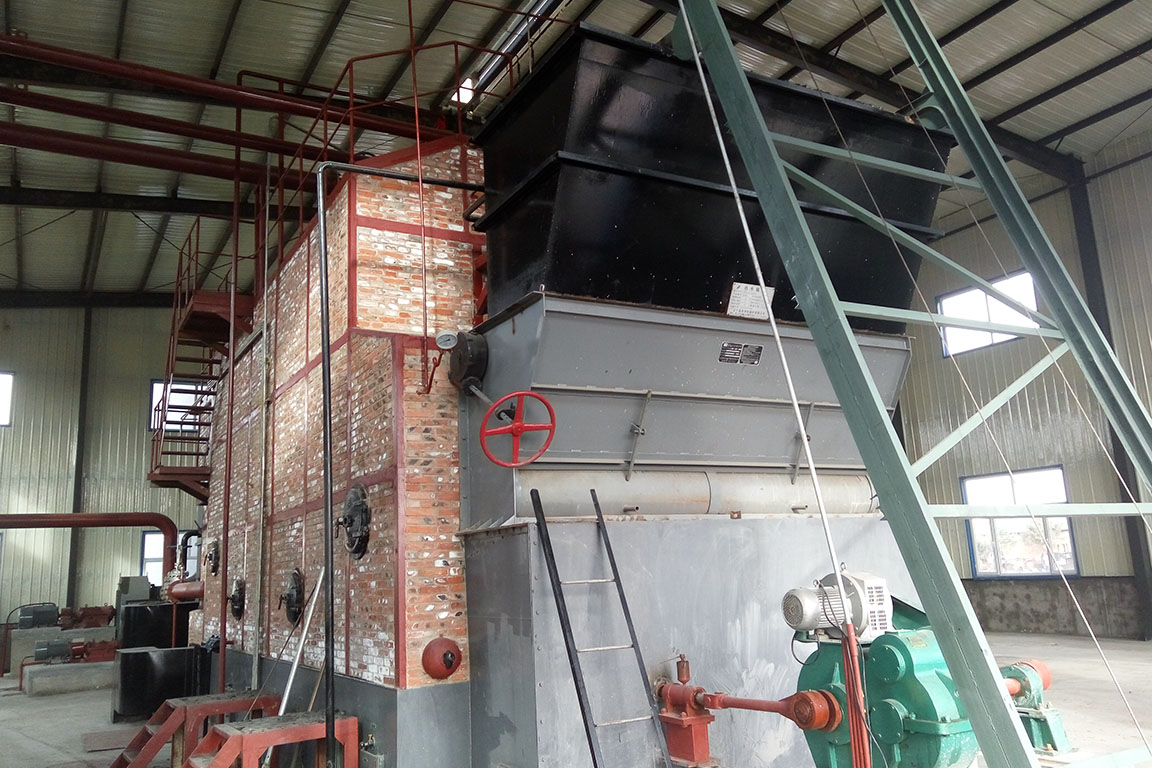The condensing heat exchanger is arranged in the waste heat recovery device of tail gas boiler, when the flue gas passes through the heat transfer surface in the channel, the gas temperature is reduced to below the dew point temperature of the boiler manufacturers, so that the exhaust condensation of water vapour in the release of latent heat transferred to the refrigerant recovery, can smoke a lot of energy to recycle, so as to achieve the effect of energy saving and environmental protection. With the continuous development of manufacturing industry, all kinds of new and efficient condensing heat exchangers emerge in an endless stream. There is great improvement in structure or actual waste heat recovery effect.
Analysis of the characteristics of 1 flue gas
Most of the components of natural gas are hydrocarbons, and the content of water vapor in gas boiler flue gas is relatively high. The analysis shows that the share of latent heat of vaporization is quite large. Every 1m3 natural gas can generate 1.55 kg steam after burning, and has considerable latent heat of vaporization, about 3700 kJ/Nm3, which accounts for 10% of the low calorific value of natural gas. In traditional boilers, the exhaust gas temperature is generally 160~250 degrees, and the water vapor in the flue gas is still overheated. It is impossible to condense into liquid water and release latent heat of vaporization. Therefore, natural gas boiler thermal efficiency of the traditional theory can only reach about 95%, the use of condensing heat exchanger as long as the flue gas temperature falls below the dew point temperature of flue gas, can recycle flue gas condensation latent heat sensible heat and water vapor, according to calorific basis, natural gas boiler thermal efficiency can reach more than 110%. In this paper, the dew point temperature of the flue gas and the theoretical thermal efficiency of the boiler are calculated and analyzed for the example of YISHION natural gas.

1.1 dew point calculation
When the water vapor pressure is constant, when the air is cooled to saturated wet steam, there will be water drop out, and the temperature is the dew point temperature. Characteristic analysis of combustion of natural gas (natural gas with 1 m3 calculation) volume fraction of vapor in the flue gas is up to 17, 4%, if the combustion under atmospheric pressure, when the excess air coefficient is 1.1 (calculated in this paper are as calculated on the basis of the corresponding), flue gas dew point temperature is 57 DEG c.. The variation curve of dew point temperature with excess air coefficient is shown in Figure 1.
It can be seen from the observation that the temperature of the dew point of the flue gas varies with the change of the excess air coefficient. Because according to Dalton's law of partial pressure level and the flue water vapor dew point temperature of the partial pressure volume (i.e. water vapor content) is proportional to, with the increase of excess air coefficient, the relative volume of water vapor in the flue decreases and the volume fraction of water vapor will decline, the dew point temperature is reduced. In fact, although the content of the local natural gas is different, but because of its main component is methane and account for the vast majority of other components is very small, the dew point temperature calculation error is less than 0.3% (in accordance with the actual requirements of the range), and because many factors affect the actual combustion, but also makes the calculation impossible very accurate, usually in a range of values in the vicinity of the wave theory, in practice still need to be revised according to the different situation analysis.